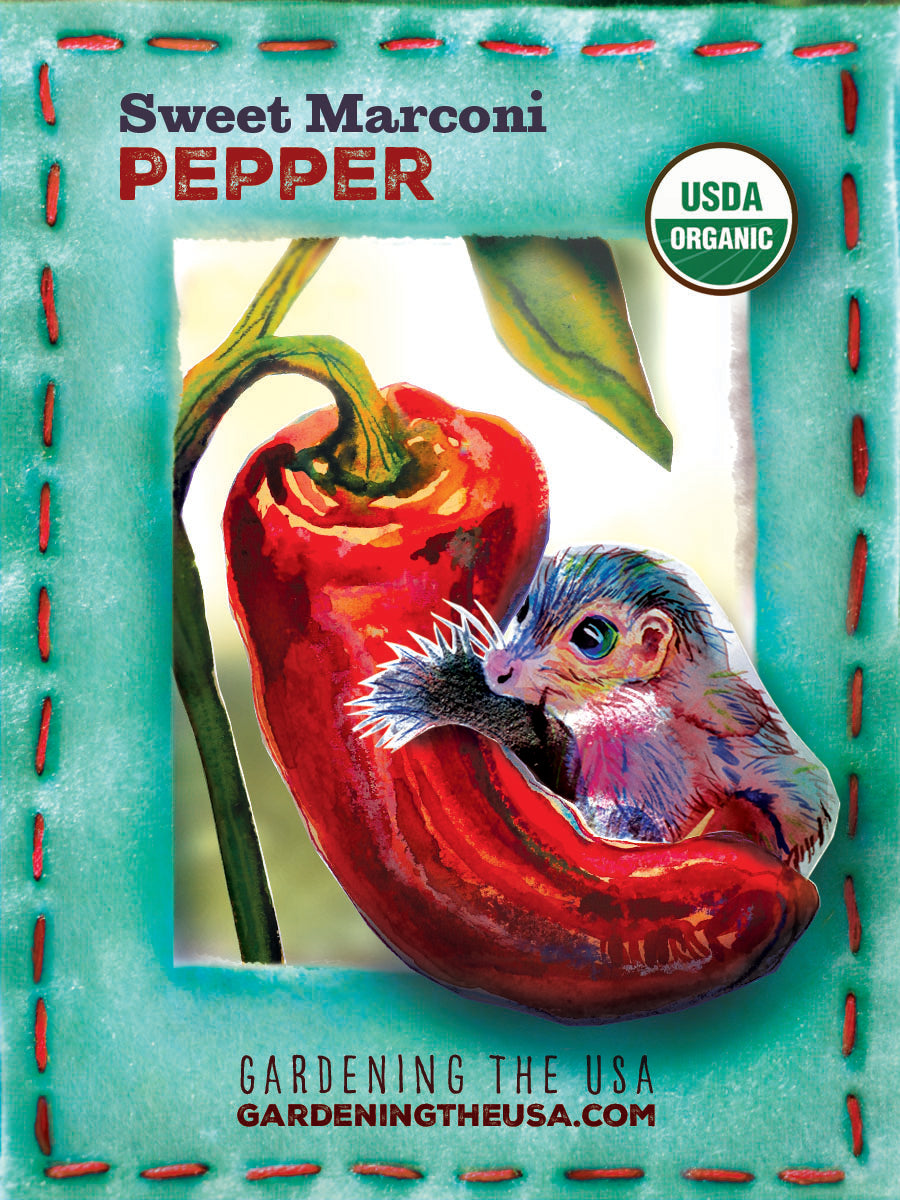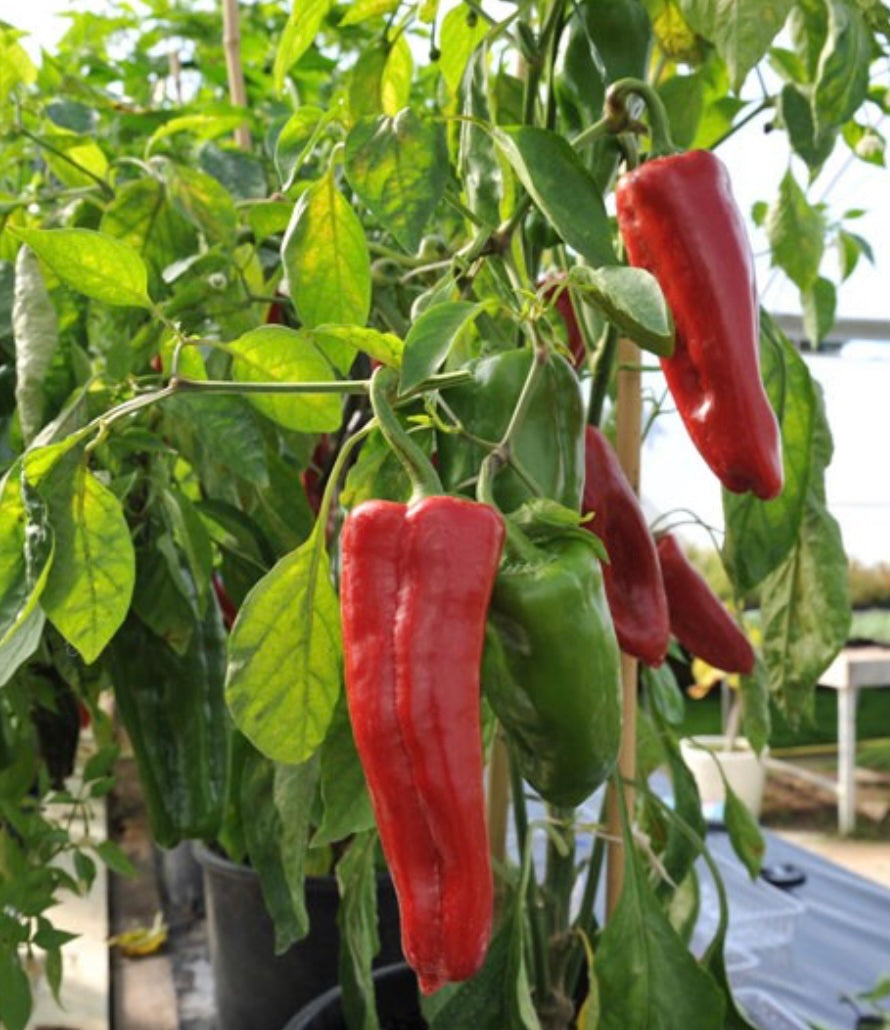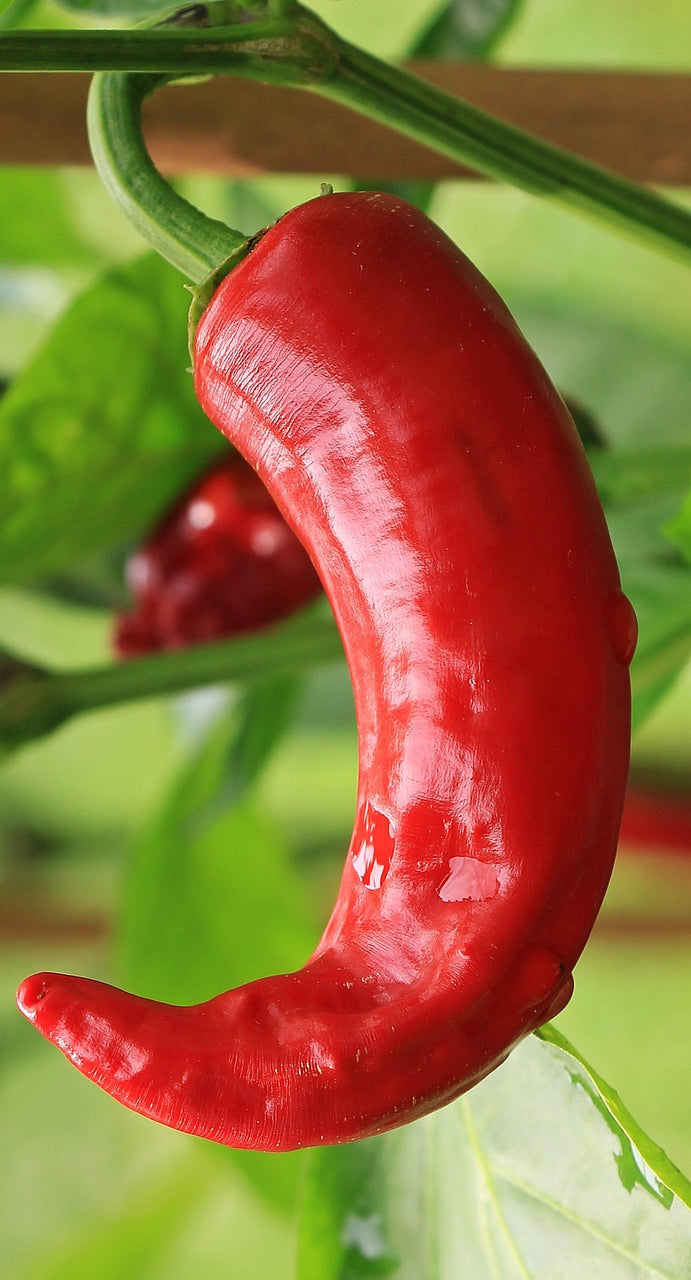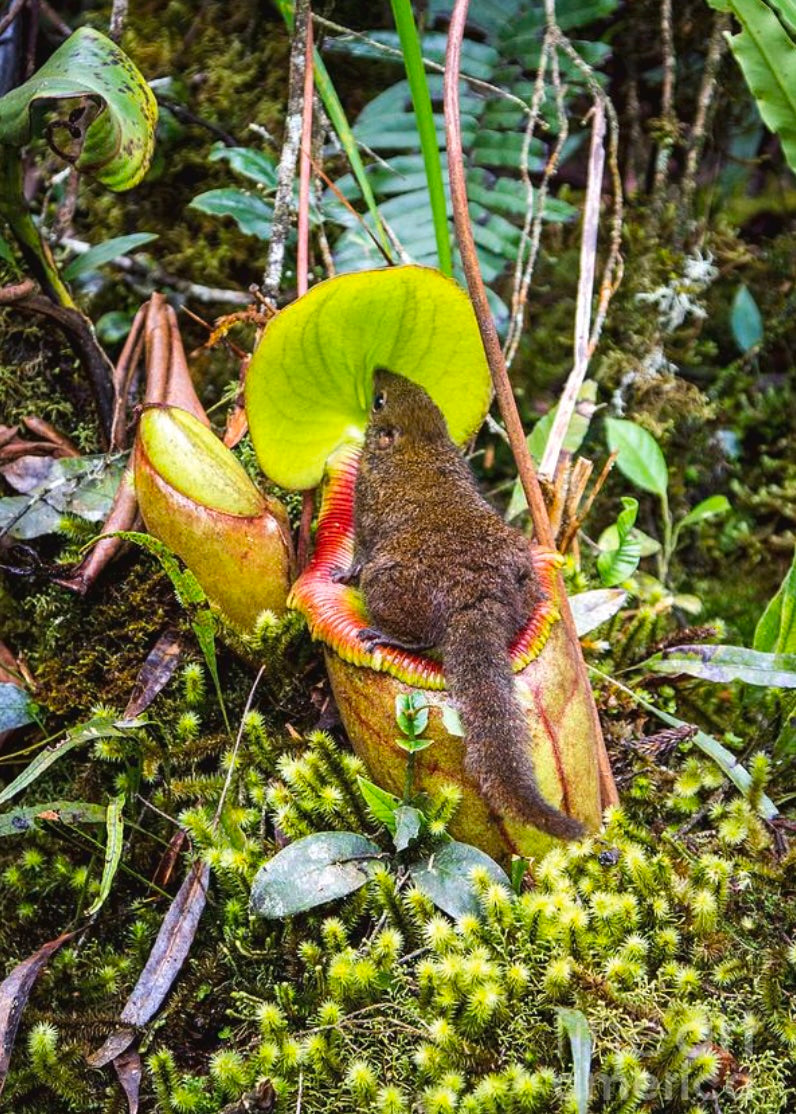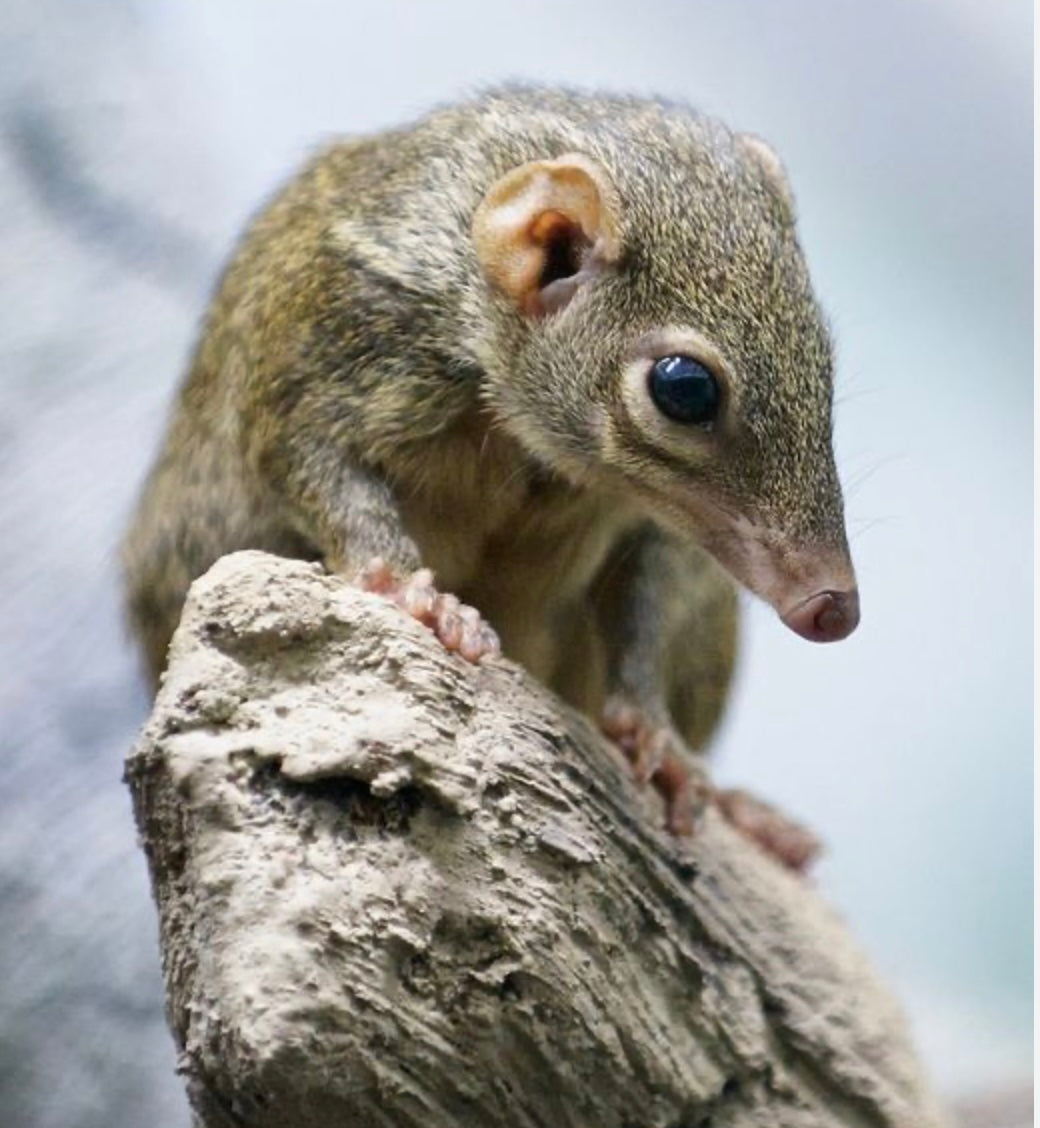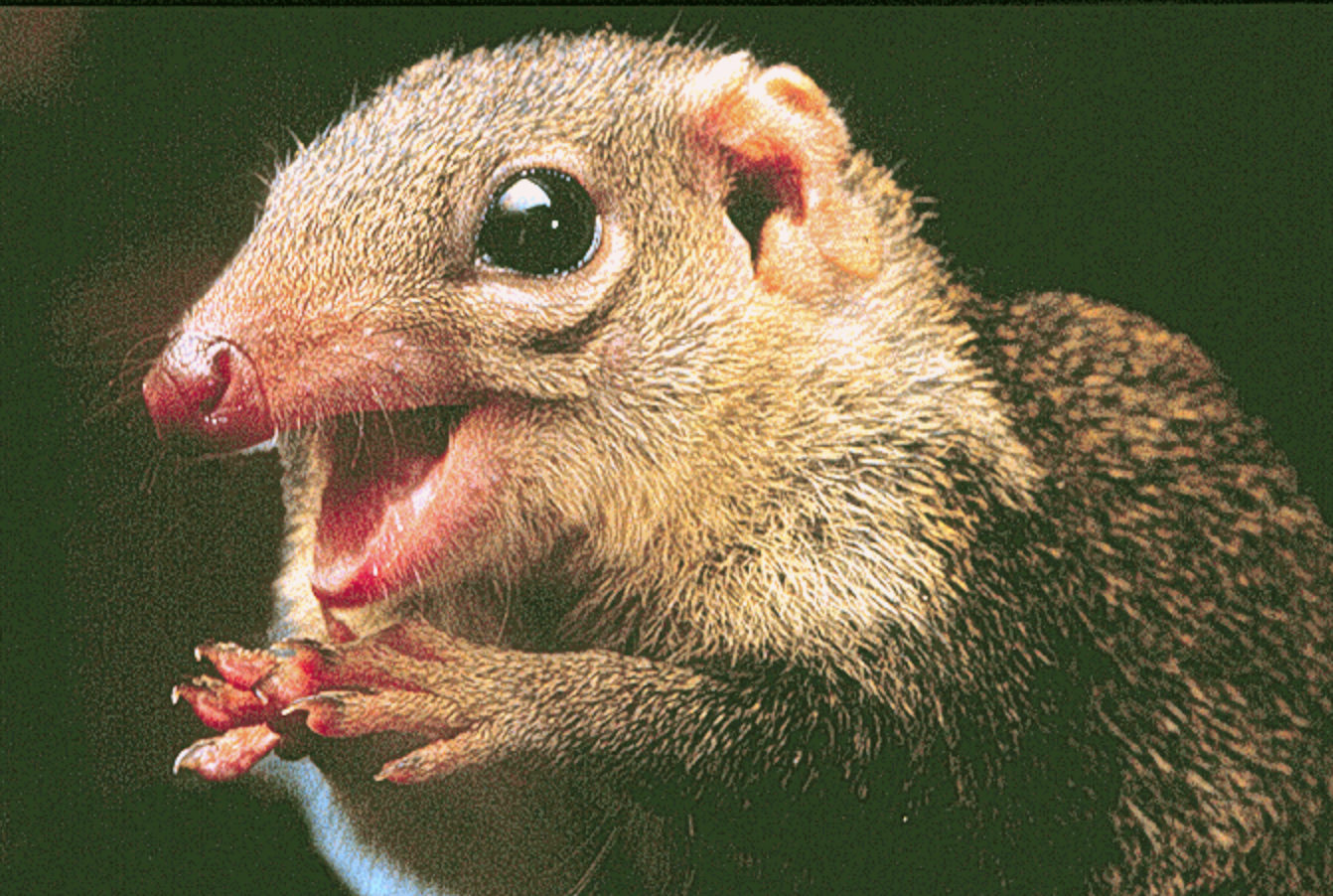Pepper - Sweet Marconi
Pepper - Sweet Marconi
Planting Instructions:
Marconi peppers can grow up to 12” long! They’re actually a perennial but often grown as an annual. They like well-draining, loose, slightly acidic soil with some moisture retention. Direct sow or start indoors 4 - 6 weeks before last frost. They are a drought tolerant, high yielding, and sweet pepper with a very low Scoville rank - think almost bell pepper! Marconi pepper will take 70 - 75 days to maturity, and will germinate in approximately 7 - 10 days. Germination temperature 80 - 90 degrees.
Care:
If started indoors (recommended) harden off and transplant when seedlings are approximately 7 inches tall. Bury the stem just slightly deeper than the root ball. Marconi peppers like warmer soil between 70 and 85 degrees. During high heat, afternoon shade is recommended. Peppers need a sufficient amount of phosphorus and calcium. If you need to use a fertilizer be sure it’s an organic product so as not to disturb the soil life needed to uptake nutrients into the plants.
Approx: 50 Seeds
History:
Marconi Red is an old Italian heirloom that is very prolific and prized for it’s huge (sometimes 12” long), crisp, and sweet fruits with amazing flavor. Named after the famous Italian inventor Guglielmo Marconi, there seems to be little information how this pepper migrated to Italy but we’re sure glad that it did!
When Is a Shrew Not A Shrew?
The Chinese tree shrew is a squirrel like, small mammal native to China and Southeast Asia. Why is this little shrew unique? Well, first of all it’s not really a shrew at all, it has closer genetic relationship to primates (just look at those ears - they’re eerily human!). In fact these tree shrews are the closest living relatives to primates, with a genetic makeup closer to humans than to any rodents, which is why they’re widely used in biomedical research to study human diseases.
This is one of the few mammals that actually enjoys spicy foods, hot peppers being a favorite of theirs. They don’t show much sensitivity to that burning sensation.
But where does a tree shrew poo you may ask? In our effort to show how the ecosystems work all over the world here’s a fact that will be difficult to forget. Besides seeking out and eating hot peppers these little guys love the nectar of pitcher plants. Pitcher plants are carnivores and have a large vessel to trap any insect or animal seeking that nectar. The pitcher is so slippery that most animals fall right in and are digested, but not this little shrewd shrew! His feet have the ability to hold onto the edge of the plant and eat the nectar of the flower! But here’s the fun part. Eating the nectar stimulates that shrew to poo, and he does it right into the pitcher plant providing it much needed protein it wouldn’t get otherwise! Ew to the shrew and the pitcher plant too!
Share
